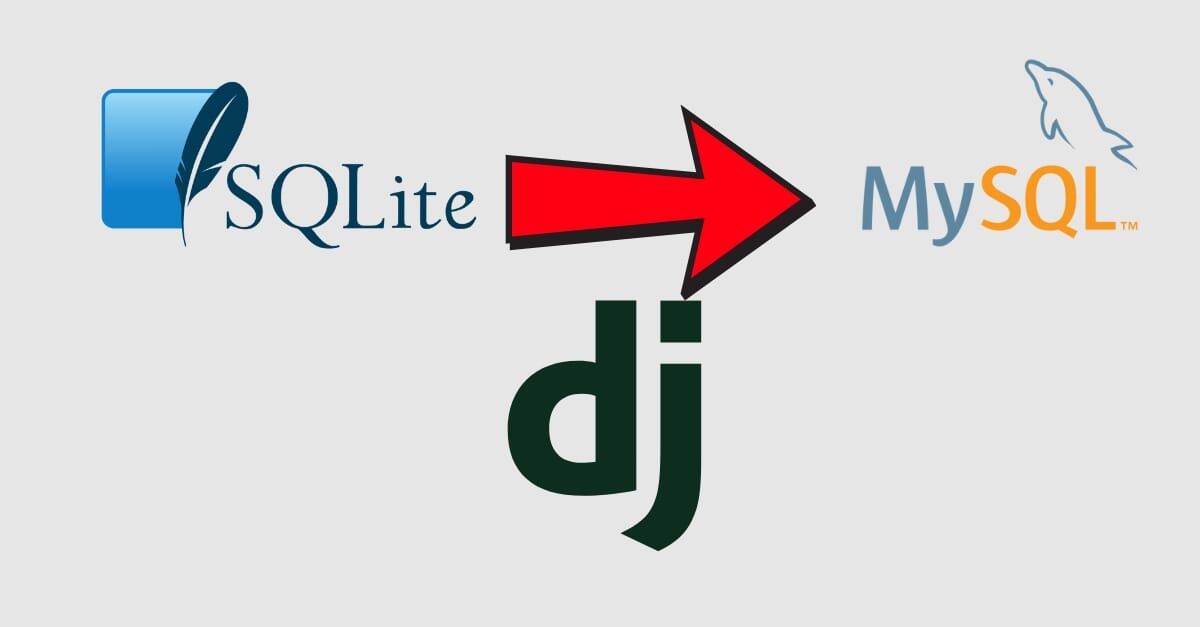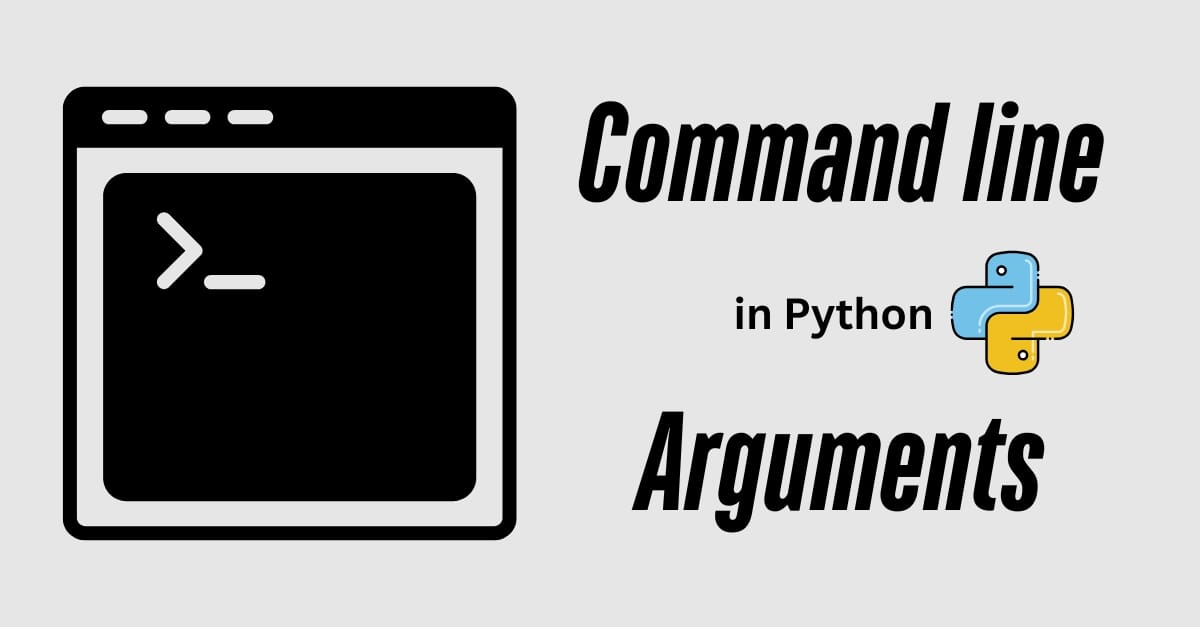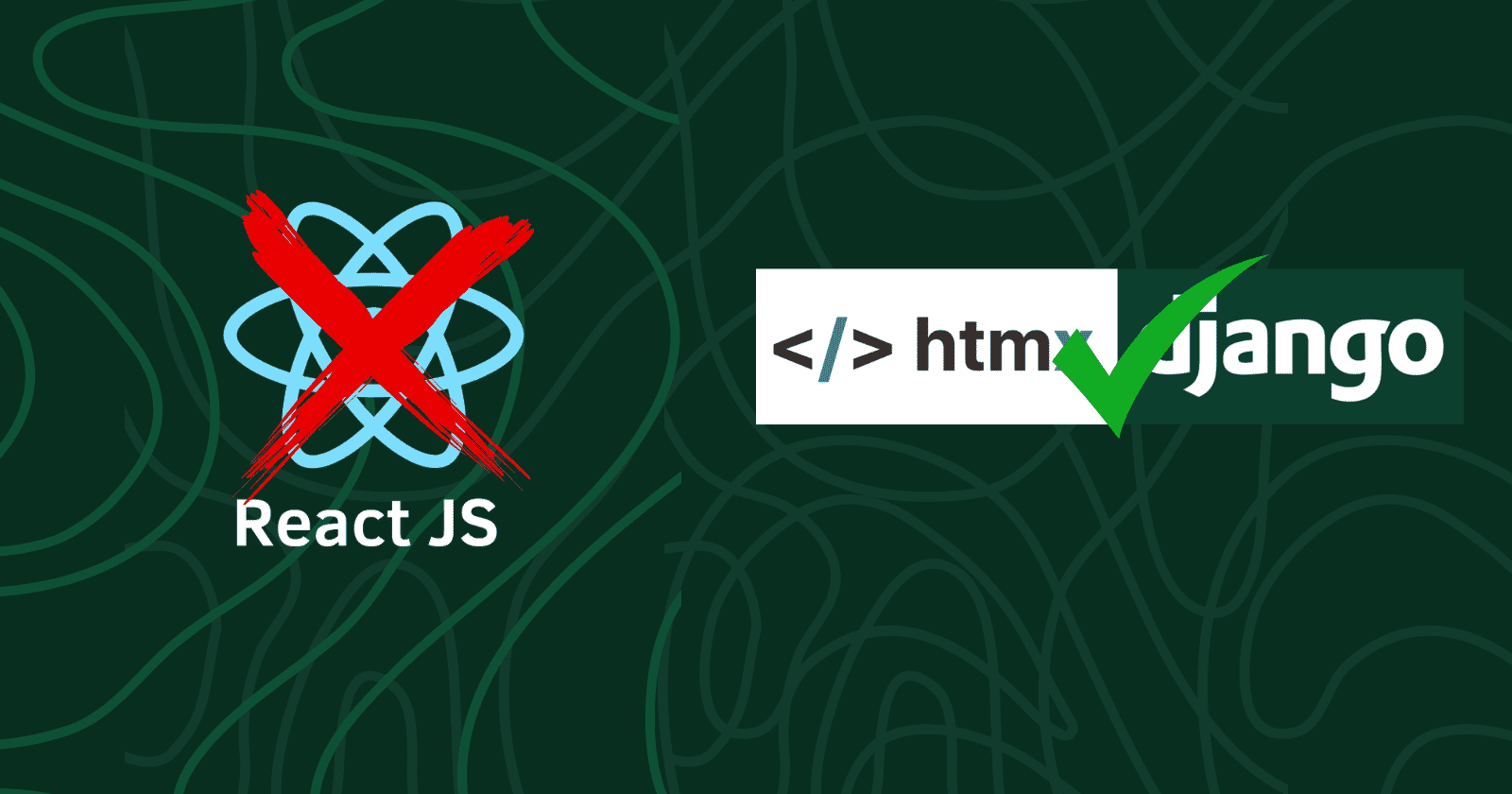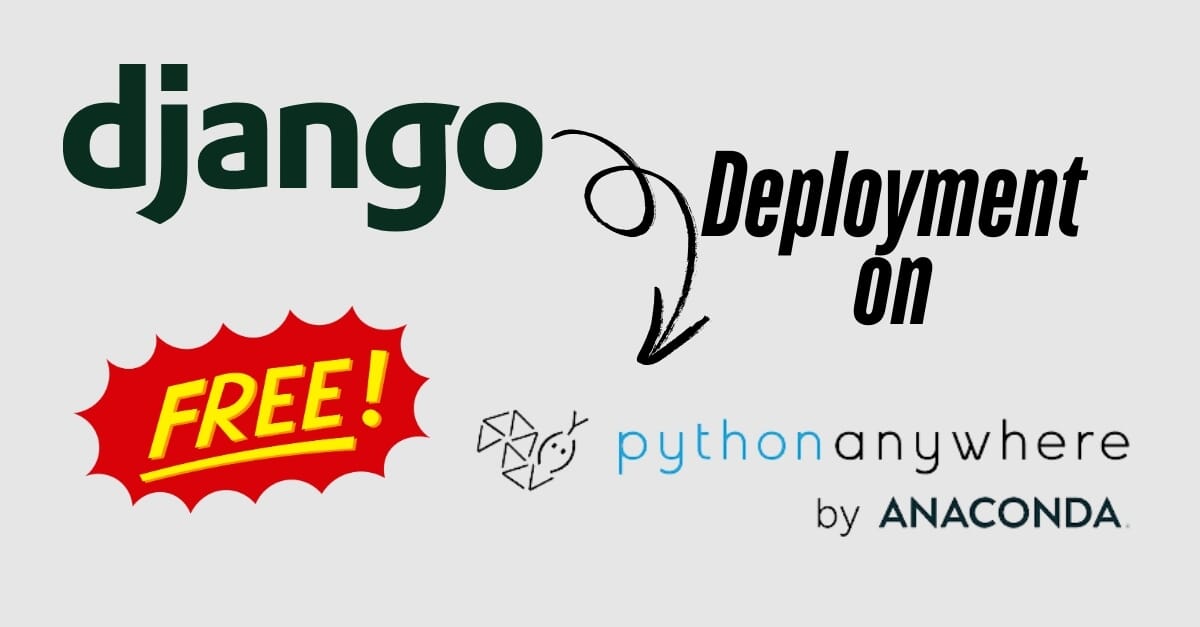If you're moving your Django app from db.sqlite3 to a more robust and production-ready database like MySQL, here’s a complete guide to help you make the transition smoothly.
This article will guide you on Django & Python aspect and database connection and migration. Please consult MySQL documentation.
1. Install MySQL Client Package
First, install the required MySQL client library for Python. This will allow Django to communicate with your MySQL database:
pip install mysqlclientNote: On some systems, you might need to install MySQL development headers or libraries first. For example, on Debian/Ubuntu, run:
sudo apt-get install libmysqlclient-dev2. Run Your MySQL Server
Make sure your MySQL server is running. You can start it with:
sudo service mysql startLogin to your MySQL shell and create a database for your project:
mysql -u root -p
CREATE DATABASE your_database_name CHARACTER SET UTF8MB4;
3. Update settings.py
Inside your Django project’s settings.py, update the DATABASES section like this:
DATABASES = {
'default': {
'ENGINE': 'django.db.backends.mysql',
'NAME': 'your_database_name',
'USER': 'your_mysql_user',
'PASSWORD': 'your_mysql_password',
'HOST': 'localhost', # or your DB host
'PORT': '3306', # default MySQL port
}
}
4. If You Already Have Data in db.sqlite3
If you’ve been using SQLite and have data you don’t want to lose, Django makes it easy to migrate your data:
- First, export your current data from your SQLITE database with old settings:
This code will export all data from your current database in data.json file. Now Change the settings.py to use your MySQL database.python manage.py dumpdata > data.json - Then, apply migrations to your new MySQL database:
python manage.py migrate - Finally, load the data into the new MySQL database:
python manage.py loaddata data.json
5. Done!
That’s it! You’ve now moved from SQLite to MySQL in your Django project. Always make sure to test your app thoroughly after migration to ensure everything works as expected.







No comments yet. Be the first to comment!